About GOG Ransomware
GOG Ransomware is a file-encrypting virus, known as ransomware. It’s extremely dangerous because it encrypts files on your computer and there’s little chance you will get them back. You can very easily infect your computer by carelessly opening spam emails and not updating your software. It might be able to take advantage of vulnerabilities on your computer left by outdated software and enter your computer. You will be asked to pay for file decryption by cyber criminals but we feel it’s necessary to warn you that even if you pay, you might not necessarily get your files back.
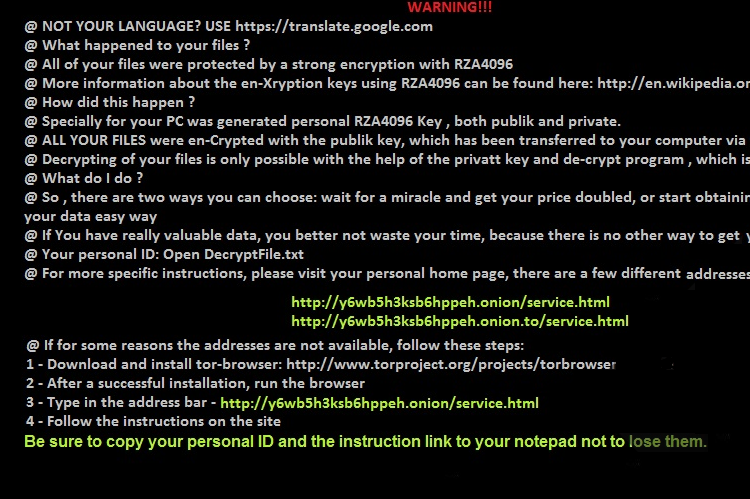
A lot of ransomware developers ignore victims after payments have been made, which means you might end up loosing your files and your money. In these situations, backup is everything. If you had backup prior to infection, you would be able to access your files from there after you delete GOG Ransomware from your computer. If you did not, the only thing we can recommend to is to remove GOG Ransomware as soon as possible.
What does GOG Ransomware do?
If you got infected with GOG Ransomware, then you must have recently opened a spam email attachment. This is the most popular ransomware spread method as many users still carelessly open malicious spam email attachments. Granted, they look rather convincing and official so it’s not difficult to see why so many users get infected. However, you should not be opening attachments left and right just because the sender asks you to. You might get an invoice or some other seemingly important document but if you were expecting it, you should not open it, unless you are 100% sure it’s safe to do so. You should also make sure you regularly update your software so that ransomware would not be able to take advantage of security loopholes on your computer.
As soon as GOG Ransomware downloads onto your computer, it will use a complex encryption algorithm to make your files unreadable. They will become encrypted and will have the .locked file extension added to them. Your desktop will be changed to a ransom note, which will inform you of what has occurred. The note is rather detailed and explains how you need to proceed to restore your files. You are asked to pay 0.3 Bitcoin (around $340) and supposedly the developers would help you decrypt files. That is highly doubtful. Like we said before, they will most likely just take your money. You’re better of investing that money into reliable backup so that if you were to encounter ransomware again, you would not need to worry about losing your files. We suggest you ignore the demands and remove GOG Ransomware.
GOG Ransomware removal
There are two way to delete GOG Ransomware, automatic and manual. Manual GOG Ransomware removal might be too complex if you are inexperienced, which is why we suggest you use anti-malware software to erase GOG Ransomware. Bear in mind that you need to make sure you eliminate GOG Ransomware fully so that it does not encrypt your files again.
Offers
Download Removal Toolto scan for GOG RansomwareUse our recommended removal tool to scan for GOG Ransomware. Trial version of provides detection of computer threats like GOG Ransomware and assists in its removal for FREE. You can delete detected registry entries, files and processes yourself or purchase a full version.
More information about SpyWarrior and Uninstall Instructions. Please review SpyWarrior EULA and Privacy Policy. SpyWarrior scanner is free. If it detects a malware, purchase its full version to remove it.

WiperSoft Review Details WiperSoft (www.wipersoft.com) is a security tool that provides real-time security from potential threats. Nowadays, many users tend to download free software from the Intern ...
Download|more


Is MacKeeper a virus? MacKeeper is not a virus, nor is it a scam. While there are various opinions about the program on the Internet, a lot of the people who so notoriously hate the program have neve ...
Download|more


While the creators of MalwareBytes anti-malware have not been in this business for long time, they make up for it with their enthusiastic approach. Statistic from such websites like CNET shows that th ...
Download|more
Quick Menu
Step 1. Delete GOG Ransomware using Safe Mode with Networking.
Remove GOG Ransomware from Windows 7/Windows Vista/Windows XP
- Click on Start and select Shutdown.
- Choose Restart and click OK.

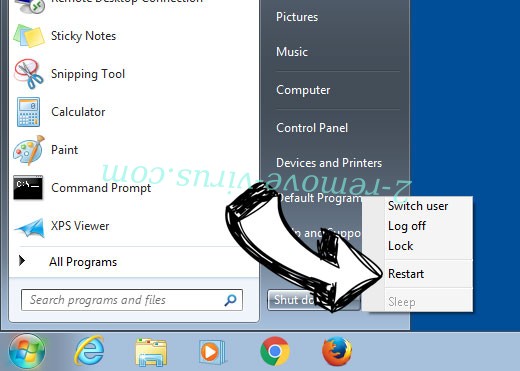
- Start tapping F8 when your PC starts loading.
- Under Advanced Boot Options, choose Safe Mode with Networking.

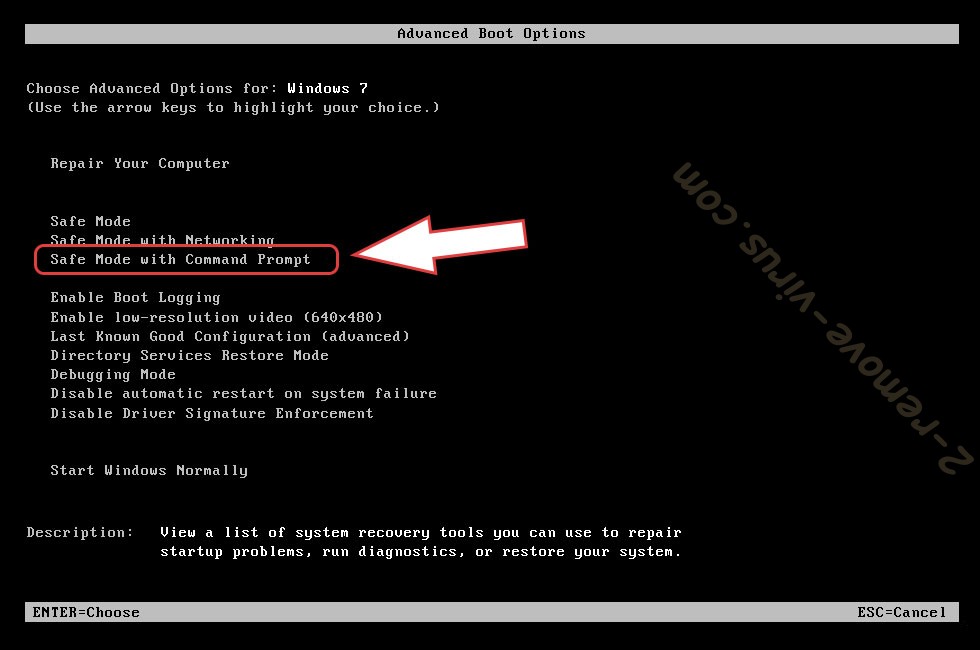
- Open your browser and download the anti-malware utility.
- Use the utility to remove GOG Ransomware
Remove GOG Ransomware from Windows 8/Windows 10
- On the Windows login screen, press the Power button.
- Tap and hold Shift and select Restart.

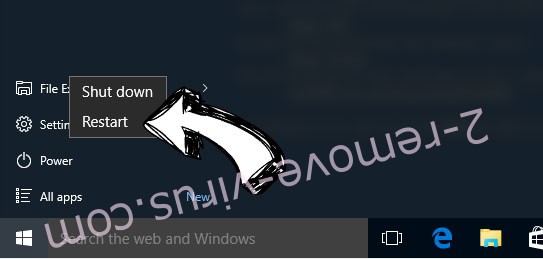
- Go to Troubleshoot → Advanced options → Start Settings.
- Choose Enable Safe Mode or Safe Mode with Networking under Startup Settings.

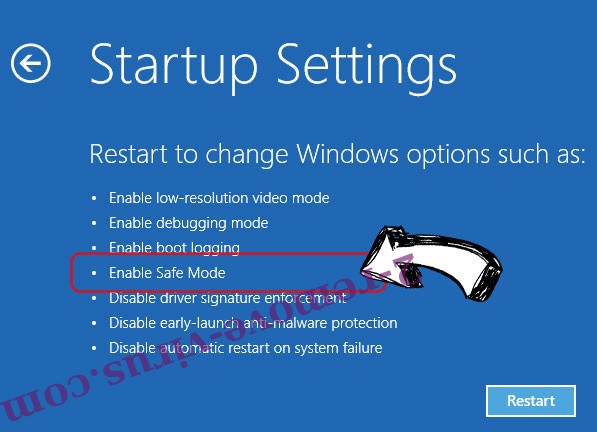
- Click Restart.
- Open your web browser and download the malware remover.
- Use the software to delete GOG Ransomware
Step 2. Restore Your Files using System Restore
Delete GOG Ransomware from Windows 7/Windows Vista/Windows XP
- Click Start and choose Shutdown.
- Select Restart and OK


- When your PC starts loading, press F8 repeatedly to open Advanced Boot Options
- Choose Command Prompt from the list.

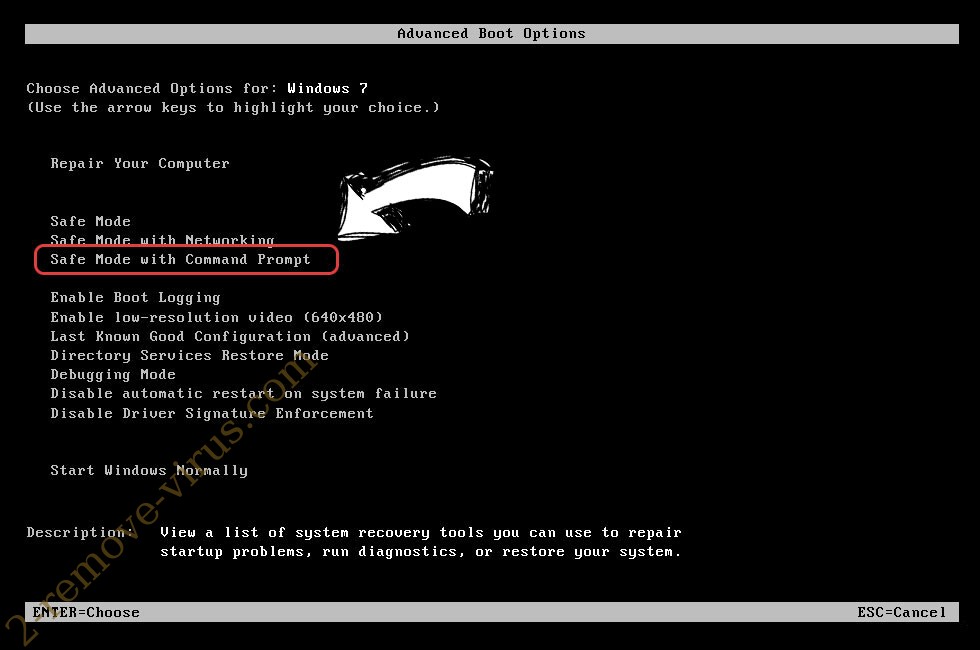
- Type in cd restore and tap Enter.

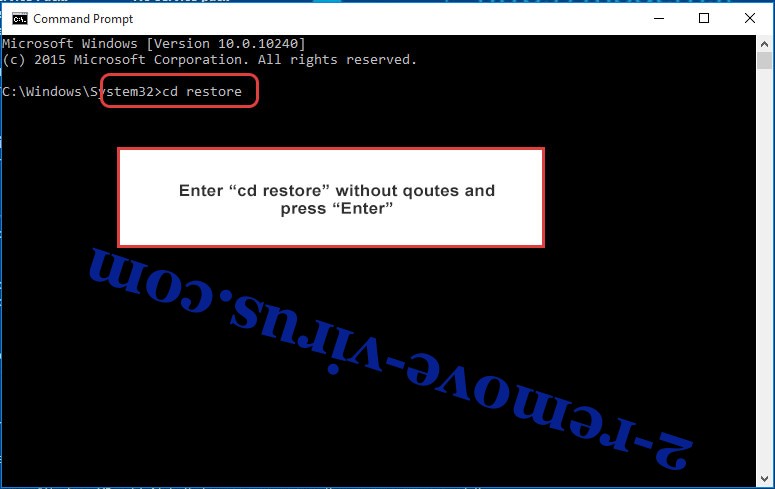
- Type in rstrui.exe and press Enter.

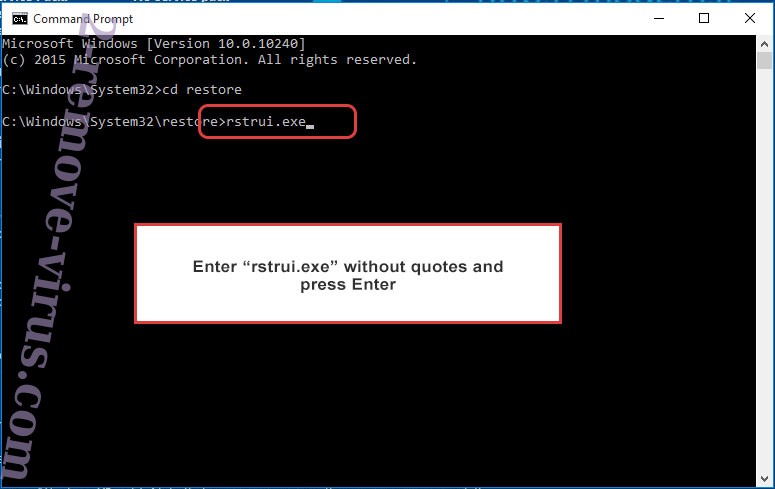
- Click Next in the new window and select the restore point prior to the infection.

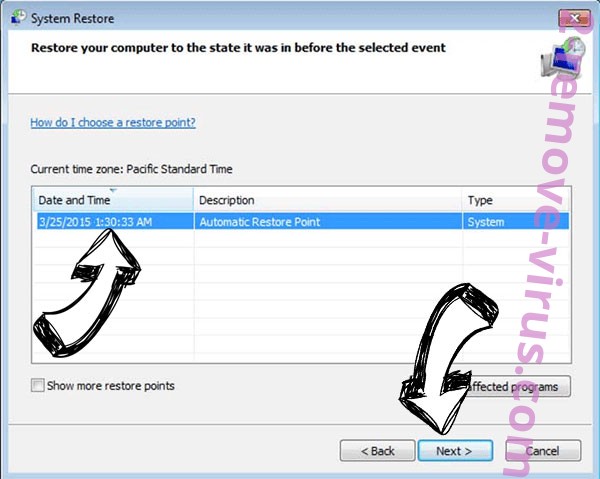
- Click Next again and click Yes to begin the system restore.

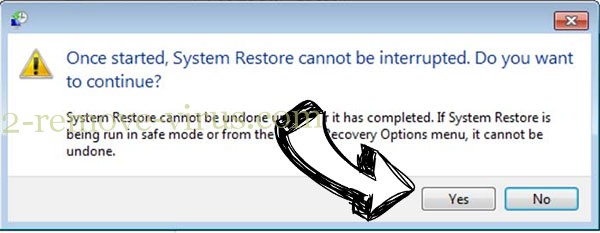
Delete GOG Ransomware from Windows 8/Windows 10
- Click the Power button on the Windows login screen.
- Press and hold Shift and click Restart.


- Choose Troubleshoot and go to Advanced options.
- Select Command Prompt and click Restart.

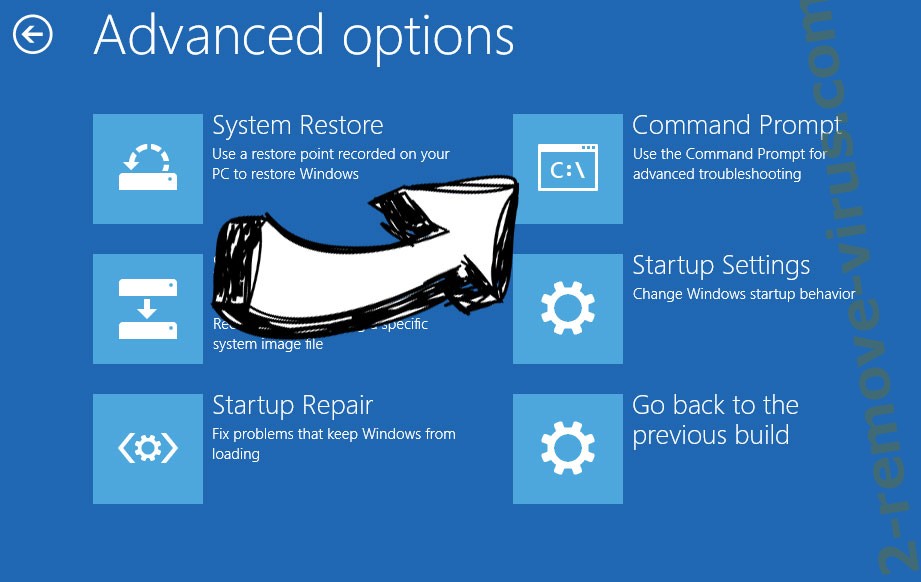
- In Command Prompt, input cd restore and tap Enter.


- Type in rstrui.exe and tap Enter again.


- Click Next in the new System Restore window.

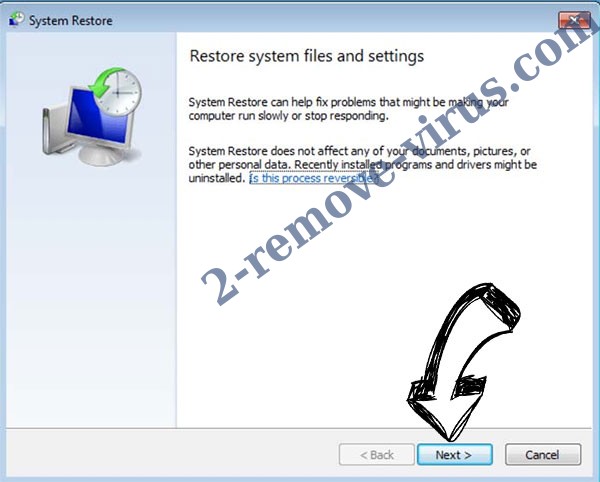
- Choose the restore point prior to the infection.


- Click Next and then click Yes to restore your system.


Site Disclaimer
2-remove-virus.com is not sponsored, owned, affiliated, or linked to malware developers or distributors that are referenced in this article. The article does not promote or endorse any type of malware. We aim at providing useful information that will help computer users to detect and eliminate the unwanted malicious programs from their computers. This can be done manually by following the instructions presented in the article or automatically by implementing the suggested anti-malware tools.
The article is only meant to be used for educational purposes. If you follow the instructions given in the article, you agree to be contracted by the disclaimer. We do not guarantee that the artcile will present you with a solution that removes the malign threats completely. Malware changes constantly, which is why, in some cases, it may be difficult to clean the computer fully by using only the manual removal instructions.
